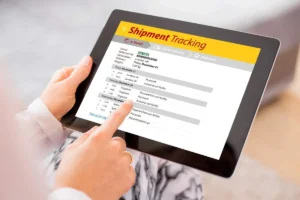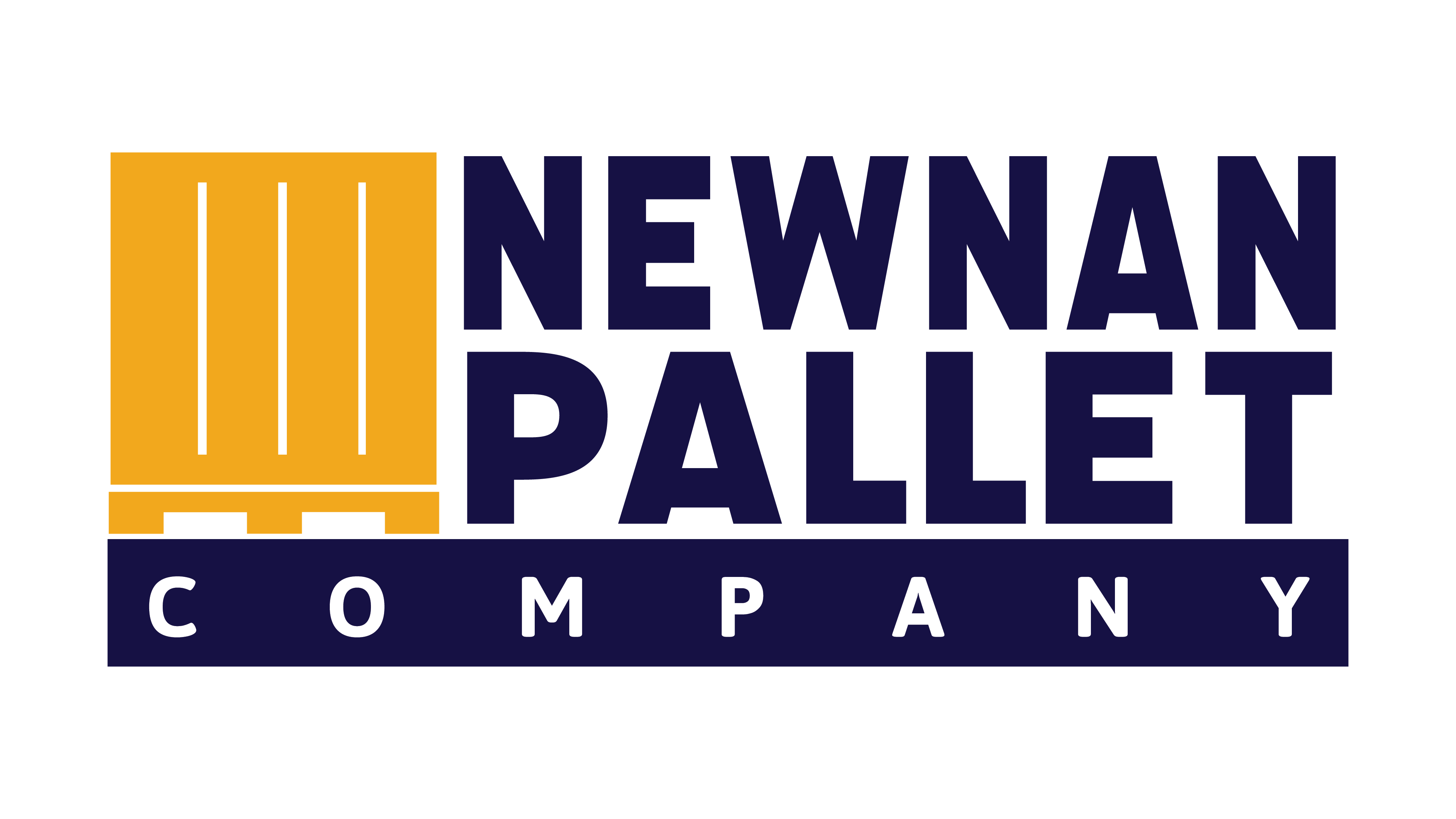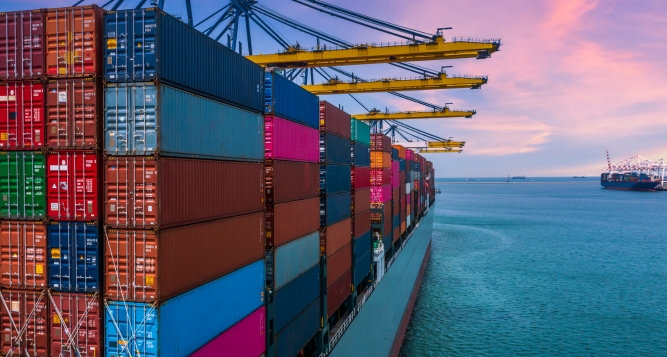LTL (Less Than Truckload) freight shipping is a popular option for businesses looking to transport smaller loads without needing a full truck. Maximizing efficiency in LTL shipping is crucial for reducing costs and ensuring timely deliveries.
Here are some top tips to help you streamline your LTL shipping operations:
1. Consolidate Shipments When Possible
One of the most effective ways to maximize efficiency with LTL freight shipping is to consolidate multiple shipments. By combining smaller shipments into one larger load, you can reduce the number of pickups and deliveries, lowering transportation costs. Whenever possible, group your shipments and coordinate delivery schedules to minimize the need for multiple LTL shipments.
2. Use the Correct Packaging

Proper packaging is essential for preventing damage to your goods during transport and maximizing space on the truck. Make sure that your items are packed securely, using appropriate materials such as pallets, crates, or shrink wrap. Stack your pallets in a stable manner, ensuring they don’t exceed the size limits specified by your carrier. This not only protects your products but also helps carriers efficiently load and unload your freight.
3. Accurate Freight Classification
LTL shipping costs are determined by the freight classification, which takes into account the size, weight, density, and fragility of the shipment. Providing accurate information on these factors is critical to avoiding unexpected costs. Misclassifying your freight could result in reclassification fees, delaying delivery, and increasing your overall expenses. Ensure you accurately measure and weigh your shipment to avoid discrepancies.
4. Plan Ahead for Peak Shipping Times
LTL freight shipping can experience surges in demand, especially during peak seasons such as holidays or end-of-quarter periods. During these times, capacity can be limited, and costs may increase. Planning ahead for these busy times is key to securing space and avoiding delays. Consider scheduling shipments in advance or adjusting delivery timelines to avoid the rush.
5. Choose the Right Carrier

For businesses looking to streamline their logistics, Shiply reliable LTL freight shipping offers a dependable solution to enhance shipping efficiency and reduce costs. Not all LTL carriers are the same, so it’s important to choose a carrier that suits your specific needs. Factors such as delivery speed, service areas, and reliability should be considered when selecting a carrier. Look for one with a strong reputation for timely deliveries and minimal claims for damaged goods. Building a relationship with a trusted carrier can help improve your shipping efficiency over time.
6. Leverage Technology
Using technology can significantly enhance the efficiency of your LTL shipping operations. Transportation management systems (TMS) allow businesses to automate many aspects of the shipping process, including carrier selection, shipment tracking, and reporting. These systems can also help you compare rates, optimize routes, and monitor the progress of your shipments in real time, ensuring you have full visibility of your freight.
7. Optimize Route Planning
Maximizing efficiency in LTL shipping isn’t just about packing your freight; it’s also about choosing the most efficient routes. Work with your carrier or use a TMS to optimize routes based on delivery locations. This can help reduce transit times, lower fuel costs, and minimize the likelihood of delays. Efficient route planning not only benefits your business but also improves customer satisfaction by ensuring on-time deliveries.
8. Track and Monitor Shipments

Staying informed about your shipment’s progress is crucial for maximizing efficiency in LTL shipping. Many LTL carriers offer tracking services that allow you to monitor your freight in real time. Use these tools to stay updated on delivery timelines, identify potential delays, and take action if any issues arise. Having this visibility allows you to proactively manage your supply chain and make adjustments as needed.
9. Understand Accessorial Charges
Accessorial charges refer to additional fees that carriers may charge for services like liftgate usage, inside delivery, or limited access locations. Understanding these charges and when they apply can help you plan more effectively and avoid unexpected costs. When booking LTL shipments, be clear about any special delivery requirements to avoid these fees where possible.
10. Communicate Clearly with Your Carrier
Clear and consistent communication with your carrier is essential for efficient LTL shipping. Provide accurate details about your shipment, including dimensions, weight, and delivery requirements. If any changes occur, such as adjustments to the delivery date or location, communicate them promptly to avoid delays. The better your communication, the smoother the shipping process will be.
By following these tips, businesses can streamline their LTL freight shipping processes, reducing costs and improving efficiency. Whether through consolidation, accurate freight classification, or leveraging technology, maximizing efficiency in LTL shipping can greatly enhance your supply chain operations.
Originally posted by The Enterprise World – https://theenterpriseworld.com/maximizing-efficiency-in-ltl-shipping/

